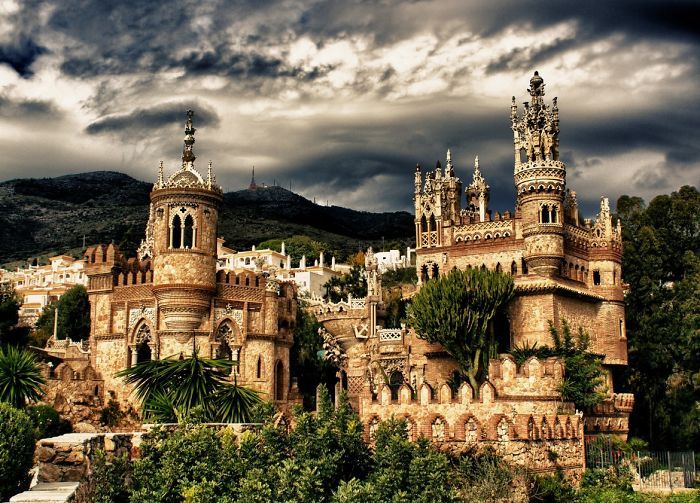Castillo san jeronimo: Castillo de san jeronimo – EcuRed
Castillo de san jeronimo – EcuRed
Espacios de nombres
- Página
- Discusión
Acciones de página
- Ver
- Ver código
- Historial
- Más
Castillo de San Jeronimo. Declarado monumento histórico de Panamá en el año 1941, formaba parte del sistema defensivo para el comercio transatlántico de la Corona de España y es ejemplo de la arquitectura militar de los siglos XVII y XVIII.
Sumario
- 1 Ubicación
- 2 Historia
- 3 Actividades
- 4 Fuentes
Ubicación
Este castillo esta ubicado en Chagres, Colón, en la provincia Panamá.
Historia
El Castillo de San Jerónimo estaba asentado en el fondo de la bahía y presentaba forma de acorazado encallado. Sus planos fueron elaborados por el Ingeniero Antonelli, sin embargo, su construcción se inició hasta 1658, cuando la Gobernación de Panamá era ocupada por don Fernando Ibáñez de la Riva Aguero.
Este castillo le dió a las huestes de Morgan el triunfo sobre las tropas españolas en 1668, y años más tarde soporto los ataques del pirata Vernon. Formaba parte del sistema defensivo para el comercio transatlántico de la Corona de España y es ejemplo de la arquitectura militar de los siglos XVII y XVIII.
Mediante Ley 61 de 1908 se destinaron fondos para la conservación del Castillo. Mediante Ley 68 de 1941 fue declarado monumento histórico nacional tanto al Castillo como las ruinas históricas del Distrito de Portobelo.
La fortaleza sigue en buena forma, se destaca a lo largo de la costa frente a la entrada del puerto hacia el suroeste. Los cañones de acero oxidadas sobresalen de las baterías que se enfrenta a la dirección de las naves enemigas entrantes para el ataque y son un recordatorio a lo que eran las batallas y el poder que tenia el fuego que se disparaba de esos cañones y todo era para proteger los intereses coloniales españoles. Las piedras, corales y paredes de cemento y baluartes permanecen como evidencia histórica de cómo tenían protegido la ciudad de Portobelo.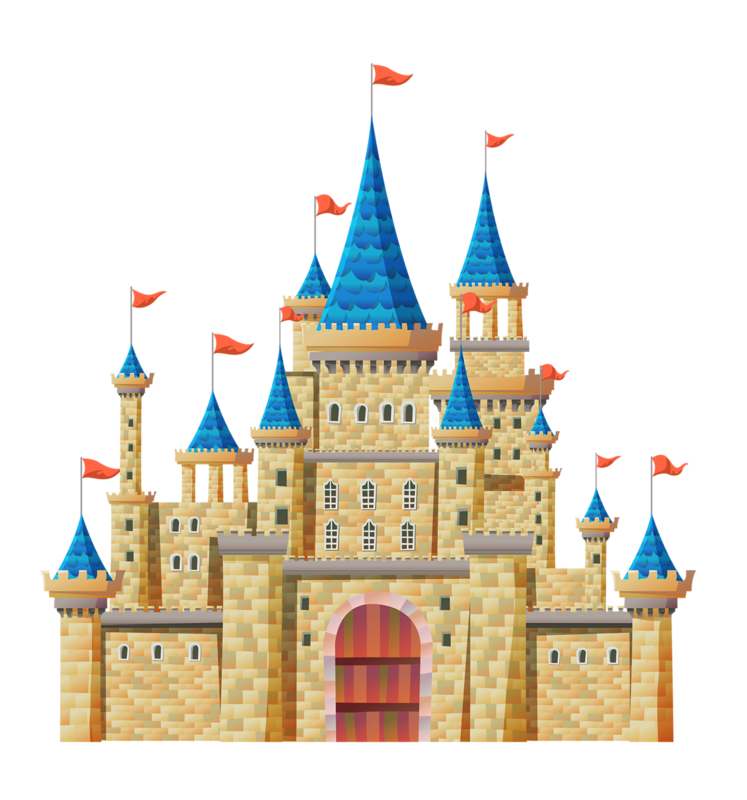
Actividades
Entre las labores que se están realizando podemos mencionar: coronamiento de los muros, la reposición y perfilado de las banquetas con piezas de ladrillo. Las labores de coronamiento de los muros se realizan con el fin de limitar la penetración de agua, y así evitar que continúe el deterioro mecánico de las estructuras.
De igual manera se está trabajando en los puentes coloniales del Centro Histórico de Portobelo realizando trabajos de consolidación, reposición de piezas y recuperación de la rodadura de canto rodado.
El Castillo de San Jerónimo de Portobelo formaba parte del sistema defensivo para el comercio transatlántico de la Corona de España, es un espacio público ideal para apreciar la belleza natural que ofrece histórico sitio principalmente para los amantes del avistamiento de aves.
Fuentes
- www.transportepanama.com
- www.elpopular.pe
- www.elpopular.pe
Documentación del Fortín de San Jerónimo (1954) — G E O • I S L A
Skip to content
View Larger Image
Documentación del Fortín de San Jerónimo realizada en 1954. Este trabajo, titulado Fortin de San Jeronimo de Boqueron, Puerta de Tierra, San Juan, San Juan Municipio, PR es parte del Historic American Building Survey (HABS) del National Park Service de los Estados Unidos. La documentación incluye 8 fotografías y 10 dibujos arquitectónicos. A este fuerte se le conoce también como Fortín San Gerónimo.
Este trabajo, titulado Fortin de San Jeronimo de Boqueron, Puerta de Tierra, San Juan, San Juan Municipio, PR es parte del Historic American Building Survey (HABS) del National Park Service de los Estados Unidos. La documentación incluye 8 fotografías y 10 dibujos arquitectónicos. A este fuerte se le conoce también como Fortín San Gerónimo.
El escrito que acompaña esta documentación informa que no se conoce una fecha exacta de construcción del fortín. Adolfo de Hostos y Edward A. Hoyt indican que fue construido en 1778 y 1771, respectivamente. En 1799 se reconstruyó sin hacer alteraciones, de acuerdo a de Hostos. En un reporte de Tomás Sedeño fechado 31 de diciembre de 1801 se menciona que se realizaron trabajos de demolición y reconstrucción en el fortín.
Bajo estas líneas incluimos las fotos y los dibujos que forman parte del inventario. Presione las flechas a los extremos para navegar a través de los mismos.
Localización del Fortín de San Jerónimo
El fortín de San Jerónimo fue pieza fundamental en la defensa de San Juan de Puerto Rico en el ataque inglés de 1797. Según Ángel Rivero Méndez (1856-1930) en su libro Crónica de la Guerra Hispanoamericana en Puerto Rico publicado en 1922:
Según Ángel Rivero Méndez (1856-1930) en su libro Crónica de la Guerra Hispanoamericana en Puerto Rico publicado en 1922:
[e]l castillo de San Jerónimo y esta cabeza de puente de San Antonio, fueron las defensas principales que el año 1797 cerraron el paso al ejército sitiador de Sir Ralph Abercombry, quien, desembarcando sus fuerzas por las playas de Cangrejos […].
Juan Manuel Zapatero, Académico Correspondiente de la Real Academia de la Historia, nos narra brevemente el ataque inglés de 1797 en su artículo Las fortificaciones históricas de San Juan de Puerto Rico publicado en el No. 1 (1989) de Militaria. Revista de Cultura Militar de la Editorial de la Universidad Complutense de Madrid:
Una poderosa escuadra conducida por el almirante Henry Harvey que transportaba un cuerpo de ejército bajo el mando del general Ralph Abercromby arremetió contra la Trinidad que conquistaron 16 a 18 febrero 1797; y seguidamente contra Puerto Rico, 17 abril a 1 de mayo 1797, con 68 navíos de guerra y 11,000 soldados frente a 4,000 defensores […].
Abercromby desembarcó en el Condado y no tardó en atacar los lugares fundamentales protegidos de fortalezas. El capitán general y gobernador, brigadier don Ramón de Castro dio la definitiva batalla entre las líneas avanzadas del Escambrón y el Frente de Tierra, con el Castillo San Jerónimo del Boquerón y las obras fuertes del Caño de San Antonio. El general inglés, ante la magnífica defensa optó por retirarse, abandonando armas, enseres y soldados heridos. Así se decidió la batalla de Puerto Rico que cerró la larga contienda angloespañola en el Caribe.
Manuel Minero, curador del Museo del Mar, relata además los episodios del ataque inglés a San Juan de Puerto Rico en 1797 en su escrito titulado Asedio de San Juan por los ingleses 1797:
[El] 17 de abril de 1797 […] llegaba a Puerto Rico una poderosa flota británica compuesta por 63 naves, entre buques de combate y transporte, bajo el mando del almirante Sir Hernry Harvey.
Mientras la gran flota inglesa rompía el horizonte del oeste de Puerto Rico, en el interior de la Bahía de San Juan todo estaba preparado para la defensa de la capital como narra el Capitán de fragata D.
Francisco de Paula: ‘En este estado ocurrió la gran novedad de que a las cinco y media de la mañana del día 17 de abril se presentó una escuadra hacia la Playa de Cangrejos situada en la costa del norte de esta Isla. Su Almirante Henry Harvy y su General Ralph Abercromby con la gente y buques que comprende […]’.
El capitán D. Francisco de Paula Castro señaló, basándose en un reconocimiento especial que ordenó hacer al respecto, que la flota de Harvey se componía de los siguiente efectivos:
– 1 navio de tres puentes “The Prince of Wales”, de 100 cañones.
– 2 navíos de 74 cañones.
– 2 navíos de 64 cañones.
– 1 fragata de 40 cañones.
– 2 fragatas de 36 cañones.
– 4 fragatas de 16 a 20 cañones (corbetas)
– 2 bergantines de 16 a 18 cañones.
– 18 goletas corsarias de porte, artilladas con 12 cañones.
– 31 buques menores de transporte, incluyendo una urca grande para hospital según se infirió.
A partir de ese momento el brigadier D. Ramón de Castro y Gutiérrez, Gobernador y Capitán General de Puerto Rico, reunido en la Real Fortaleza con los Jefes de la Plaza, pone en marcha el ‘Plan de Defensa’ de la isleta de San Juan aprobado por la Corona.
Hemos incorporada ésta documentación a nuestro Mapa interactivo de fotos históricas de Puerto Rico, el cual incluye una gran cantidad de fotos históricas geolocalizadas sobre un mapa de Puerto Rico.
El fortín de San Jerónimo fue pieza fundamental en la defensa de San Juan de Puerto Rico en el ataque inglés de 1797. Según Ángel Rivero Méndez (1856-1930) en su libro Crónica de la Guerra Hispanoamericana en Puerto Rico publicado en 1922:
[e]l castillo de San Jerónimo y esta cabeza de puente de San Antonio, fueron las defensas principales que el año 1797 cerraron el paso al ejército sitiador de Sir Ralph Abercombry, quien, desembarcando sus fuerzas por las playas de Cangrejos […].

Para más información sobre el fortín, le recomendamos visitar el portal de los Amigos del Fortín San Jerónimo o su página de Facebook. Según lo publicado en el portal de los Amigos:
La Asociación “Amigos del Fortín de San Jerónimo” es una entidad sin fines de lucro creada formalmente el 14 de septiembre de 2018, con el propósito de reabrir al público y posterior mantenimiento del Fortín de San Jerónimo del Boquerón.
Esta iniciativa surge a raíz de los trabajos llevados a cabo por voluntariados en colaboración con el Instituto de Cultura Puertorriqueña y que dieron como resultado la limpieza y estabilización del conjunto monumental abandonado durante décadas.
Por favor, no dudes en contactarnos para cualquier cuestión que desees proponer o bien para unirte a la red de voluntarios que trabajamos para devolver el esplendor que el fortín nunca debió perder.
Puede contactar a los Amigos del Fortín San Jerónimo al email *protected email* o al teléfono 939-259-5332 si desea colaborar o si desea unirse a la red de voluntarios que trabajan en restaurar el fortín. Además puede aportar su donativo a través de PayPal para contribuir con la restauración del fortín.
Además puede aportar su donativo a través de PayPal para contribuir con la restauración del fortín.
Recorrido Educativo del Puerto Rico Historic Building Drawings Society el pasado 12 de mayo de 2019: Visita Guiada Fortín San Jerónimo del Boquerón. Los Amigos del Fortín, junto al PRHBDS, haciendo historia al devolverle el acceso al público al Fortín San Jerónimo, después de años de permanecer cerrado. Foto y calce cortesía de Andy Rivera/PRHBDS.
Compartimos a continuación un reportaje de la Agencia EFE sobre los Amigos del Fortín San Jerónimo:
Puede ver y descargar copia digital de la documentación del Fortín de San Jerónimo en la página web del Library of Congress.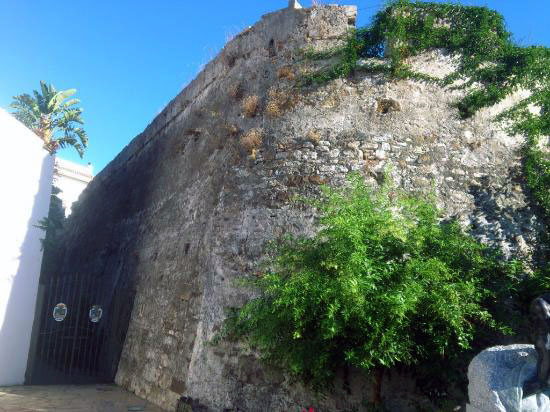
Fuentes: Library of Congress, Militaria. Revista de cultura militar, Museo del Mar, MCN Biografías, Amigos del Fortín San Jerónimo, Agencia EFE.
¡Done hoy!
Con su donativo contribuirá con los gastos de mantenimiento de la página web de GeoIsla y apoyará las investigaciones sobre la historia de Puerto Rico que compartimos en nuestro blog.
Búsqueda
Search for:
Recent Posts
- Inaguración de la escuela Rafael Fabián en Aguadilla, Puerto Rico (1928)
- Fotos en el libro “The Commonwealth of Puerto Rico” (1962)
- A Chart of Porto Rico and the Virgin Islands (1850)
- Puerto Rico (1925)
- Plaza de Armas, Viejo San Juan (1904)
Archives
- August 2020
- June 2020
- March 2020
- February 2020
- January 2020
- December 2019
- November 2019
- October 2019
- September 2019
- August 2019
- July 2019
- June 2019
- May 2019
- April 2019
- March 2019
- February 2019
- January 2019
- December 2018
- November 2018
- October 2018
- September 2018
- August 2018
- July 2018
- June 2018
- May 2018
- April 2018
- March 2018
- February 2018
- January 2018
- December 2017
- November 2017
- October 2017
- September 2017
- August 2017
- July 2017
- June 2017
- May 2017
- April 2017
- March 2017
- February 2017
- January 2017
Categories
- Arquitectura
- Arte
- Avisos
- Conservación
- Cortometrajes
- Documentales
- Eventos
- Exposiciones
- Fotografías
- Grabaciones
- Historia
- Libros
- Mapas
- Mapas Interactivos
- Noticias
- Presentaciones
- Productos
- Video
Búsquenos en Facebook
Page load link
Go to Top
90,000 Paseo del arte and San Heronimo Street
| 33 Museum of Tissen-Boremisa 34 Palace of Congress 35 “Athene Madrida” 9000 36 House-Museum Lope de Vega 37 Church and Monastery Trinitarias 38 Church of Jesus de Medinaceli 39 Fountain with a statue of the god Neptune 40 Royal Academy of the Spanish Language 41 Church of San Jeronimo el Real 42 Prado Museum 43 Botanical Garden 44 National Museum Museum of the Korolevs Sofia | |
On three floors of the Thyssen-Bornemisz Museum (33), from where we will begin our tour of the plastic arts, there is a fine permanent collection of paintings.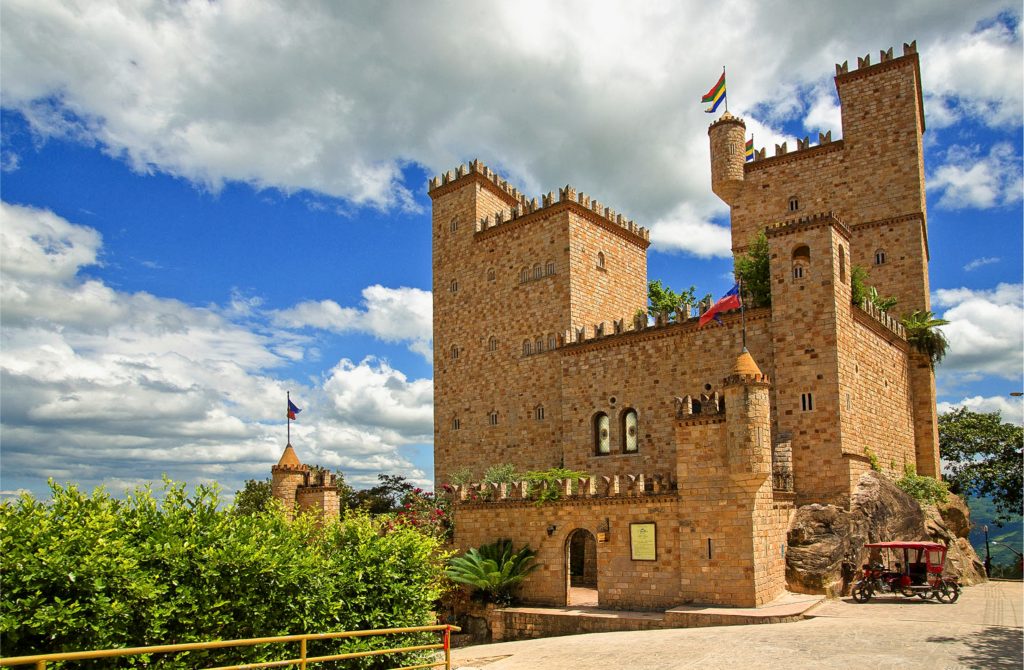 Thanks to the extensive work on the exchange of exhibits between the main museums of the world, it is complemented by a variety of temporary exhibitions. The architect Rafael Moneo, keeping intact the neoclassical facade of the ancient Villahermoa Palace, at 19In 92, the building was rebuilt into a modern museum, which houses one of the most important private collections in the world, with more than 800 paintings, sculptures, carpets and art objects from the 13th century to the end of the 20th century.
Thanks to the extensive work on the exchange of exhibits between the main museums of the world, it is complemented by a variety of temporary exhibitions. The architect Rafael Moneo, keeping intact the neoclassical facade of the ancient Villahermoa Palace, at 19In 92, the building was rebuilt into a modern museum, which houses one of the most important private collections in the world, with more than 800 paintings, sculptures, carpets and art objects from the 13th century to the end of the 20th century.
A few steps from the Thyssen Museum is the Palais des Congrès (34), built in the 19th century by the architect Narciso Pascual i Colomer. Its appearance clearly reflects the influence of the Renaissance style.
Through Piazza Cortés and via Prado we will come to the large house “Atenae de Madrid” (35), a venue for various cultural events, which has a large library and an interesting art gallery.
If we walk along Calle Leon and go down Calle Cervantes to number 11, we will see the Lope de Vega House Museum (36).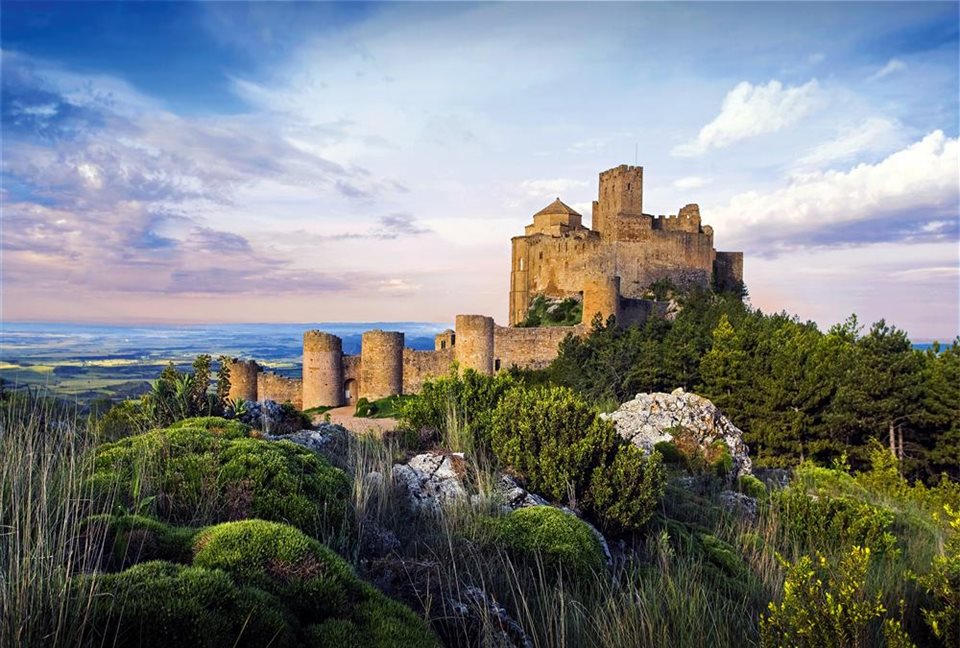 Nearby are the 17th century Trinitarias (37) church and monastery, where Miguel Cervantes is buried.
Nearby are the 17th century Trinitarias (37) church and monastery, where Miguel Cervantes is buried.
Our path continues along Jesus Square and Duque de Medinaceli Street, where the Jesus de Medinaceli Church (38) is located, which is highly respected among the people of Madrid. Opposite the Parliament building is the Palace Hotel, built in the early 20th century, as glamorous as all the big European hotels. At its doors there are always porters in liveries.
Returning to Piazza Canovas del Castillo, we see a fountain with a statue of the god Neptune (39) in his sea chariot. A monument to the fallen stands in the nearby Lealtad Square, surrounded by the classic Bourse Building and the elegant 1910 Ritz Hotel. Nearby is the Royal Academy of the Language (40) and the beautiful church of San Jeronimo el Real (41), associated with important events in the history of the Spanish monarchy of the Bourbon dynasty.
Custodian of the Royal Collections, the unique Prado Museum (42) has been in this role since 1818.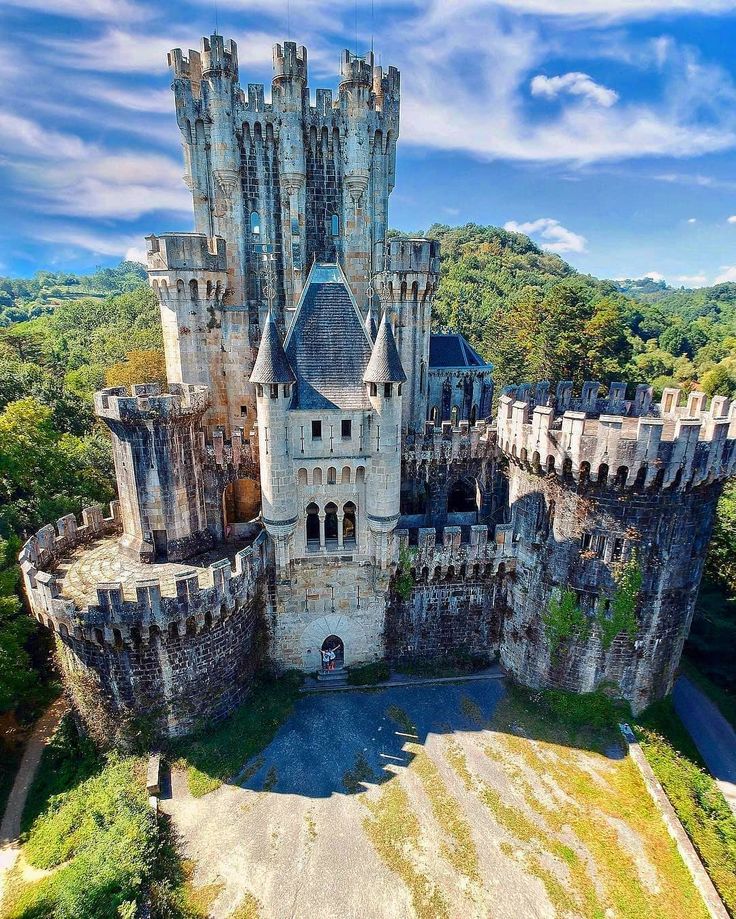 The building, built in 1785 by the architect Juan de Villanueva, was originally supposed to house the Museum of Natural Sciences. Now in the Prado Museum, whose endless collections already extend to the Monastery of Los Jeronimos, you can see the best works of Goya, Velasquez, Murillo, Rivera or Zurbaran, and, in addition, unique works of the Flemish and Italian schools, the legacy of Spanish imperialism in Europe. At the three main entrances to the Museum, there are huge statues of Goya, Velasquez and Murillo.
The building, built in 1785 by the architect Juan de Villanueva, was originally supposed to house the Museum of Natural Sciences. Now in the Prado Museum, whose endless collections already extend to the Monastery of Los Jeronimos, you can see the best works of Goya, Velasquez, Murillo, Rivera or Zurbaran, and, in addition, unique works of the Flemish and Italian schools, the legacy of Spanish imperialism in Europe. At the three main entrances to the Museum, there are huge statues of Goya, Velasquez and Murillo.
Piazza Murillo is home to the Botanical Garden (43), created as a welcome addition to the building originally built for the Museum of Natural Sciences. This extremely romantic park contains interesting specimens of vegetation. To the side of the Garden is Cuesta de Moyano, a traditional place for selling antique books.
National Museum The Reina Sofia Art Center (44) faces Piazza Glorieta de Carlos V, but the entrance to it is located on Calle Isabel. The excellent collection of modern art and many temporary exhibitions of this museum will be the perfect end to our tour.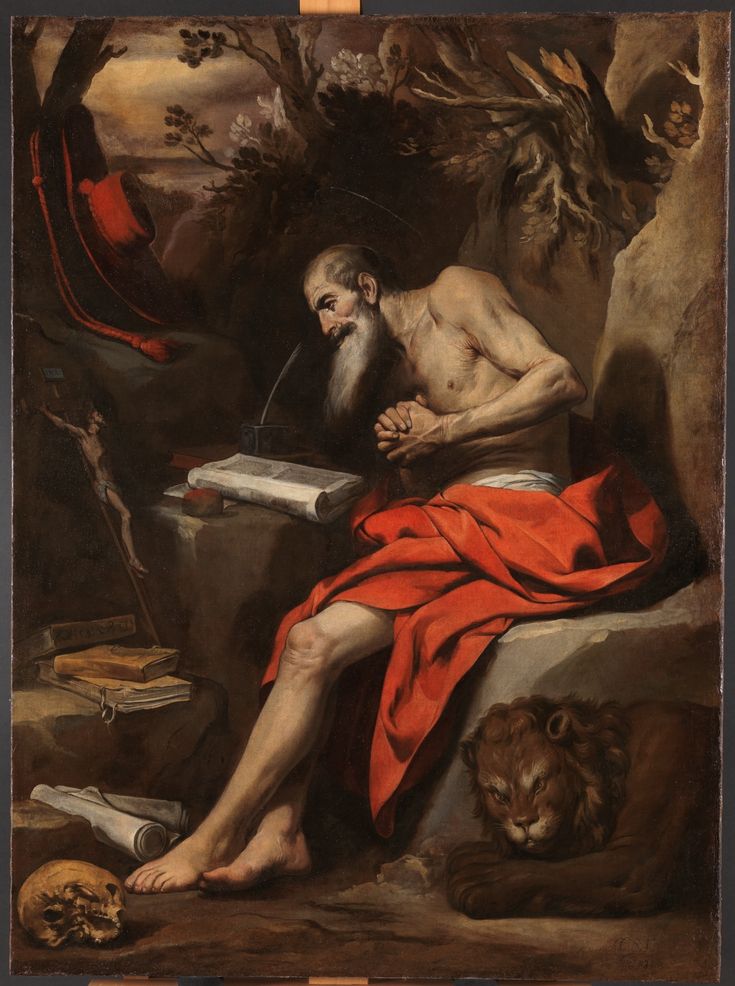 Built on the site of a former hospital, the Center combines the Reina Sofia National Museum of Art with eye-catching avant-garde design elevators with a neoclassical part of the building, becoming a true symbol of modern Madrid. Picasso’s world-famous Guernica is without a doubt one of the museum’s most visited exhibits.
Built on the site of a former hospital, the Center combines the Reina Sofia National Museum of Art with eye-catching avant-garde design elevators with a neoclassical part of the building, becoming a true symbol of modern Madrid. Picasso’s world-famous Guernica is without a doubt one of the museum’s most visited exhibits.
Weather in Sanya Heronimo for 5 days
Weather in Sanya Heronimo for 5 days
Local time. Temporary zone: GMT -6 Winter time * The weather is indicated by local time Friday, December 922 9000 9000 9000 9000 9000 9000 9000 9000 9000 9000 9000 9000 9000 9000 9000 9000 9000 9000 9000 9000 9000 9000 9000 9000 07:14 , Sunset 18:10 . | ||||||||
| Moon: | Moonrise 19:30 , Hall of Moon 08:35 , Moon phase: Decreasing Moon | |||||||
| Geomagnetic field: Unrestivisive | Ultraviolet index: 7.6 (high) 7.6 (high) 7.6 (high) 7.6 (high) 7.6 (high) 7.6 (high) 7.6 (high) 7.6 (high) 7.6 (high) 7.6 (high Protection required. Stay in the shade during the midday hours. Wear long sleeves and a hat. Use sunscreen. |
| morning from 10:00 to 12:00 | Air temperature:+19 … +22 ° C The nature of the weather and weather conditions:Clear |
Wind: East , , , , , -3 m/s
On land:
The wind is felt as a continuous light current of air, felt on the face, the leaves rustle slightly at times, the weather vane starts to turn.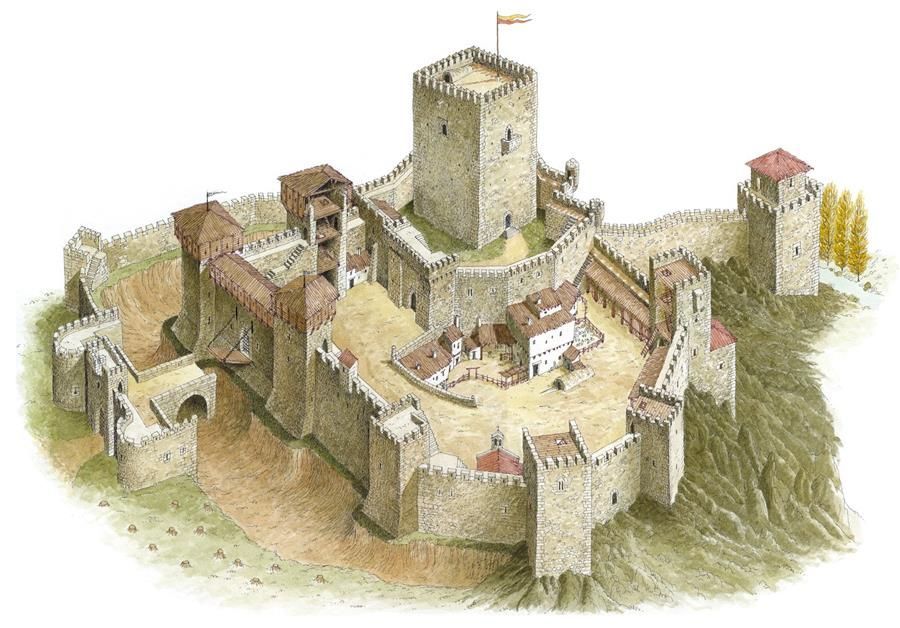 Slightly wavering flags and pennants
Slightly wavering flags and pennants
At sea:
Weak short waves at sea. The ridges do not tip over and appear glassy. At sea, short waves are up to 30 centimeters high and up to 1-2 meters long.
Wind gusts: 6 m/s
Relative air humidity: 48-81%
Cloudiness: 2%
Atmospheric pressure:
mm.93268 63 rt. Art.
Visibility: 100%
| evening from 18:01 to 00:00 | Air Temperature: +16 … +23 ° C Small cloud cover |
Wind: Light , North , speed 1-2 m/sec
Wind gusts: 4 9 9 9 9 9 m/s
Relative humidity: 28-57%
Cloudiness: 29%
Atmospheric pressure: 634-635 mm.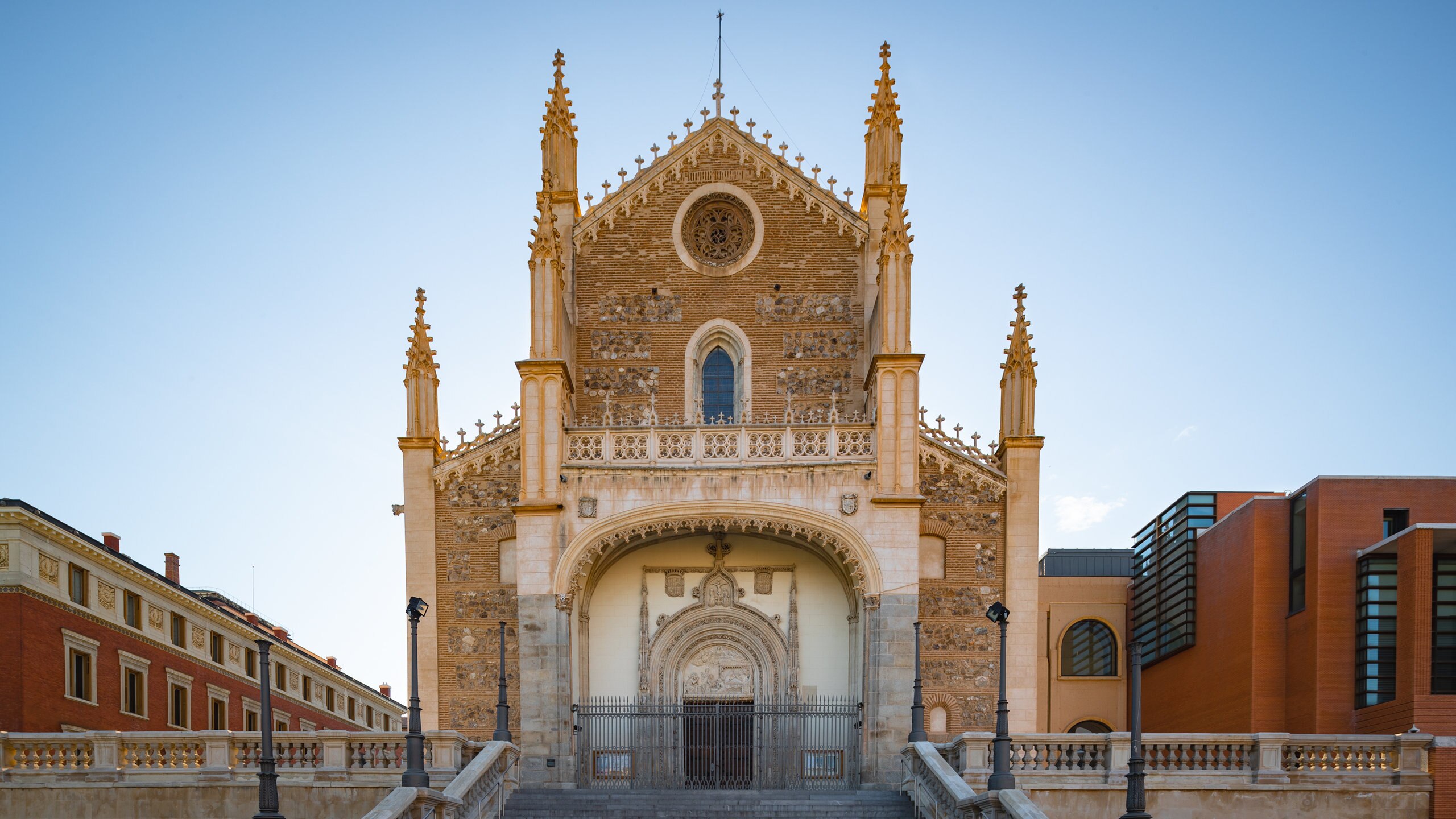 rt. Art.
rt. Art.
Visibility: 100%
Saturday, December 10, 2022
| Sun: | Sunrise 07:15 , sunset 18:10 . |
| Moon: | Moonrise 20:23 , Hall of Moon 09:26 , Moon phase: Decreasing Moon |
| Geomagnetic Field: Calm | Ultraviolet index: 7.4 (High) 7.4 (High) 7.4 (High) 7.4 (High) 7.4 (High) 7.4 (High) 7.4 (High) 7.4 (High |
| Night from 00:01 to 06:00 | Air temperature:+11 … +16 ° C The nature of the weather and meteleys:Clear |
Wind: Light , North-East , Speed 2 m/sec
Wind gusts: 4 m/second
Relative moisture content:
REMOVITIONAL SOUL 68%
Cloudiness: 0%
Atmospheric pressure: 633-635 mm.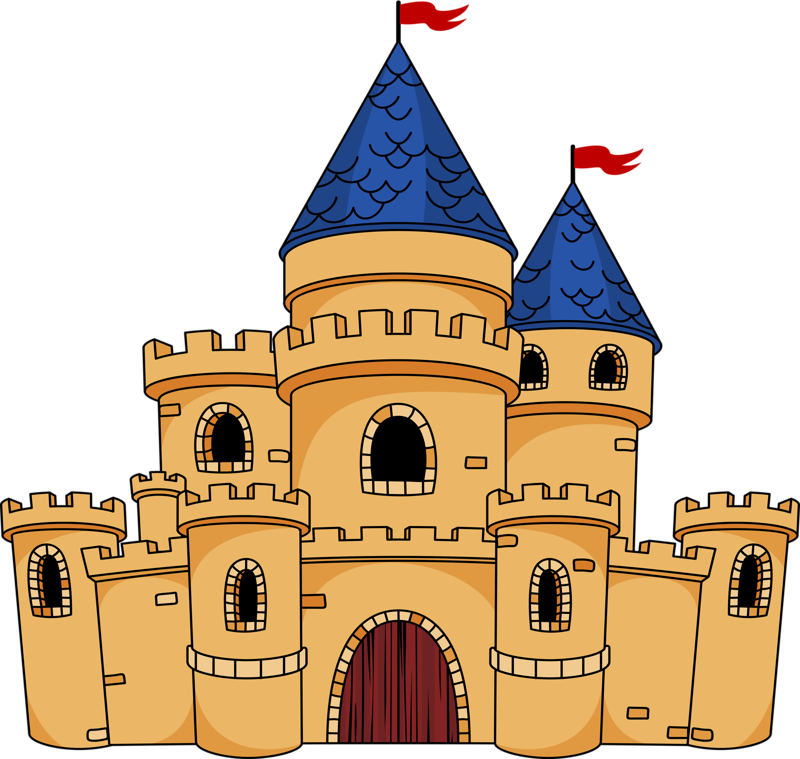 rt. Art.
rt. Art.
Visibility: 100%
| morning from 0601 to 1200 | Air temperature:+10 … +22 ° C The nature of the weather and meteorological conditions:Clear |
Wind: lung-high , , , , , , , 1-2 m/sec
Wind gusts: 3 m/sec
Relative humidity: 42-78%
Cloudness: 12%
Atmospheric pressure: 633-638 mm. rt. Art.
Visibility: 100%
| day from 12:01 to 18:00 | Air temperature: +24 … +26 ° C Small cloud cover |
Wind: Weak , West , Speed 2-4 m/sec
on land:
99 9
Leaves and thin branches of trees with foliage fluctuate continuously, the wind develops light flags. The smoke, as it were, licks off the top of the pipe and is pulled out by the wind almost horizontally (at a wind speed of 4 m / s or more). Tall grass and grain crops begin to sway.
The smoke, as it were, licks off the top of the pipe and is pulled out by the wind almost horizontally (at a wind speed of 4 m / s or more). Tall grass and grain crops begin to sway.
At sea:
Slight roughness. Short, well-defined waves are noticeable. The crests of the waves capsize, forming a vitreous foam, occasionally small white lambs are formed. The average wave height is from 60 centimeters to 1 meter, the length reaches 6 meters.
Wind gusts: 7 m/s
Relative humidity: 26-39%
Cloudiness: 49%
Atmospheric pressure:
mm. 635 rt. Art.
Visibility: 100%
| evening from 18:01 to 00:00 | Air Temperature: +17 … +23 ° C Partly cloudy |
Wind: Light , North , Speed 1-2 m/sec
Wind gusts: 5 m/sec
Relative humidity: -31-31-31-31-31-31-31-31-31-31-31-31-31-31-31-31-31-31-31-ARD
Clouds: 60%
Atmospheric pressure: 635-636 mm. rt. Art. Sun:
rt. Art. Sun:
99,0009
000
| night from 00:01 to 06:00 | Air temperature:+12 … +17 ° C The nature of the weather and meteorological conditions:Clear 9000 9000 wind: LEGK , North-East , speed 1-2 m/sec
Wind: Light , North-West , Speed 1-2 m/sec
Wind: Light , West , Speed 2-3 m/sec
Wind: Light , North , speed 1-2 m/second Monday, December 12, 2022
Wind: Light , North-East , Speed 1-2 m/sec
Wind: light , north-west , speed 1-2 m/sec
Wind: Weak , West , speed 3-4 m/second
Wind: Light , West , Speed 1-3 m/sec : 53% Tuesday, December 13, 2022
Wind: Tikhiy , North 1 m/sec on SUSH: The wind is barely felt as a light breeze, and then only at times. The leaves of the trees are motionless. The smoke deviates slightly from the vertical direction. The direction of the wind is determined by the movement of the smoke, not the wind vane. At sea: Light sea. Wind gusts: 2 m/s
Wind: light , north , speed 1-2 m/sec |
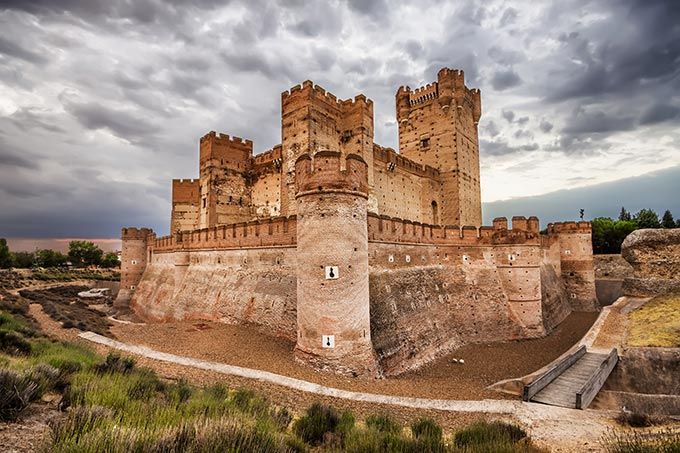 Abercromby desembarcó en el Condado y no tardó en atacar los lugares fundamentales protegidos de fortalezas. El capitán general y gobernador, brigadier don Ramón de Castro dio la definitiva batalla entre las líneas avanzadas del Escambrón y el Frente de Tierra, con el Castillo San Jerónimo del Boquerón y las obras fuertes del Caño de San Antonio. El general inglés, ante la magnífica defensa optó por retirarse, abandonando armas, enseres y soldados heridos. Así se decidió la batalla de Puerto Rico que cerró la larga contienda angloespañola en el Caribe.
Abercromby desembarcó en el Condado y no tardó en atacar los lugares fundamentales protegidos de fortalezas. El capitán general y gobernador, brigadier don Ramón de Castro dio la definitiva batalla entre las líneas avanzadas del Escambrón y el Frente de Tierra, con el Castillo San Jerónimo del Boquerón y las obras fuertes del Caño de San Antonio. El general inglés, ante la magnífica defensa optó por retirarse, abandonando armas, enseres y soldados heridos. Así se decidió la batalla de Puerto Rico que cerró la larga contienda angloespañola en el Caribe. Francisco de Paula: ‘En este estado ocurrió la gran novedad de que a las cinco y media de la mañana del día 17 de abril se presentó una escuadra hacia la Playa de Cangrejos situada en la costa del norte de esta Isla. Su Almirante Henry Harvy y su General Ralph Abercromby con la gente y buques que comprende […]’.
Francisco de Paula: ‘En este estado ocurrió la gran novedad de que a las cinco y media de la mañana del día 17 de abril se presentó una escuadra hacia la Playa de Cangrejos situada en la costa del norte de esta Isla. Su Almirante Henry Harvy y su General Ralph Abercromby con la gente y buques que comprende […]’.

